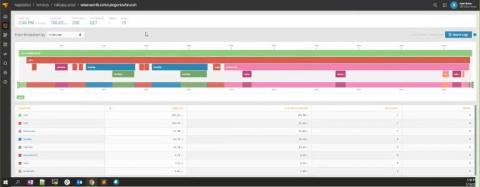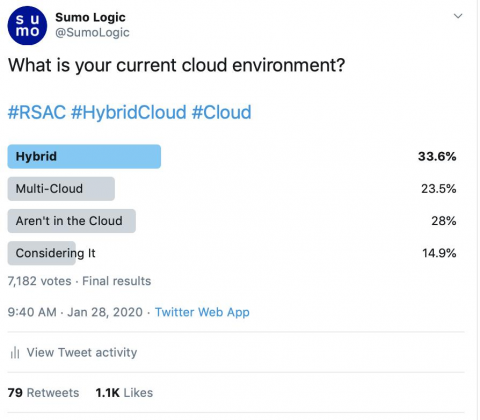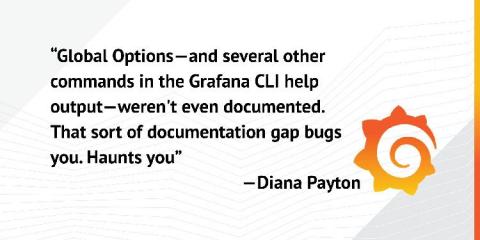Find the Sweet Spot of Splunk Enterprise Upgrades
Splunk adds and updates features and functions to Splunk Enterprise regularly to keep pace with innovation and reduce risk. In fact, Splunk releases these updates on the Splunk Cloud platform continually. For on-prem customers, Splunk releases two levels of software updates to Splunk Enterprise. On-prem customers benefit from the continual updates to the Cloud platform because features, functions, and updates are thoroughly road-tested and hardened when they are released in a major version update.











